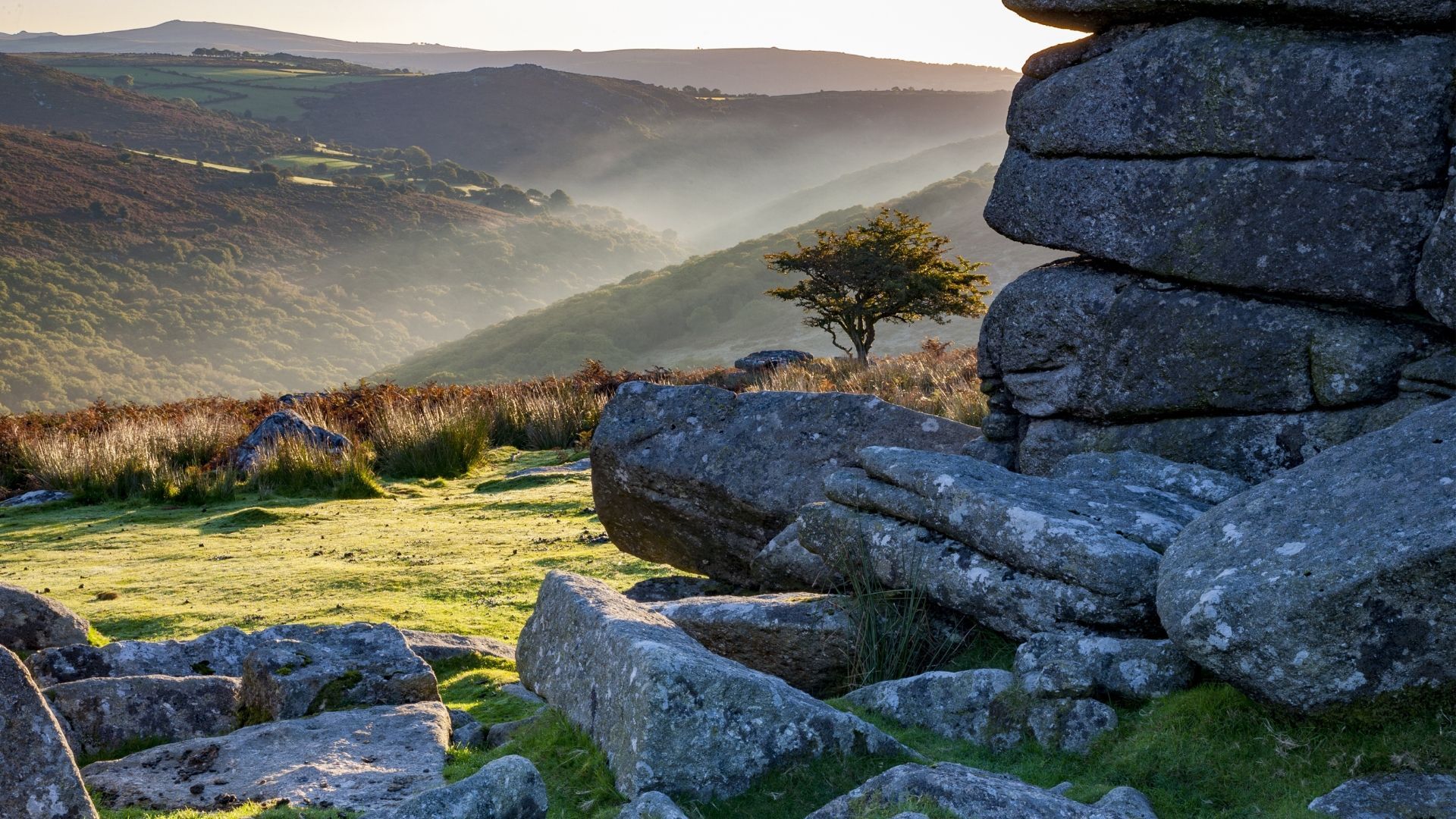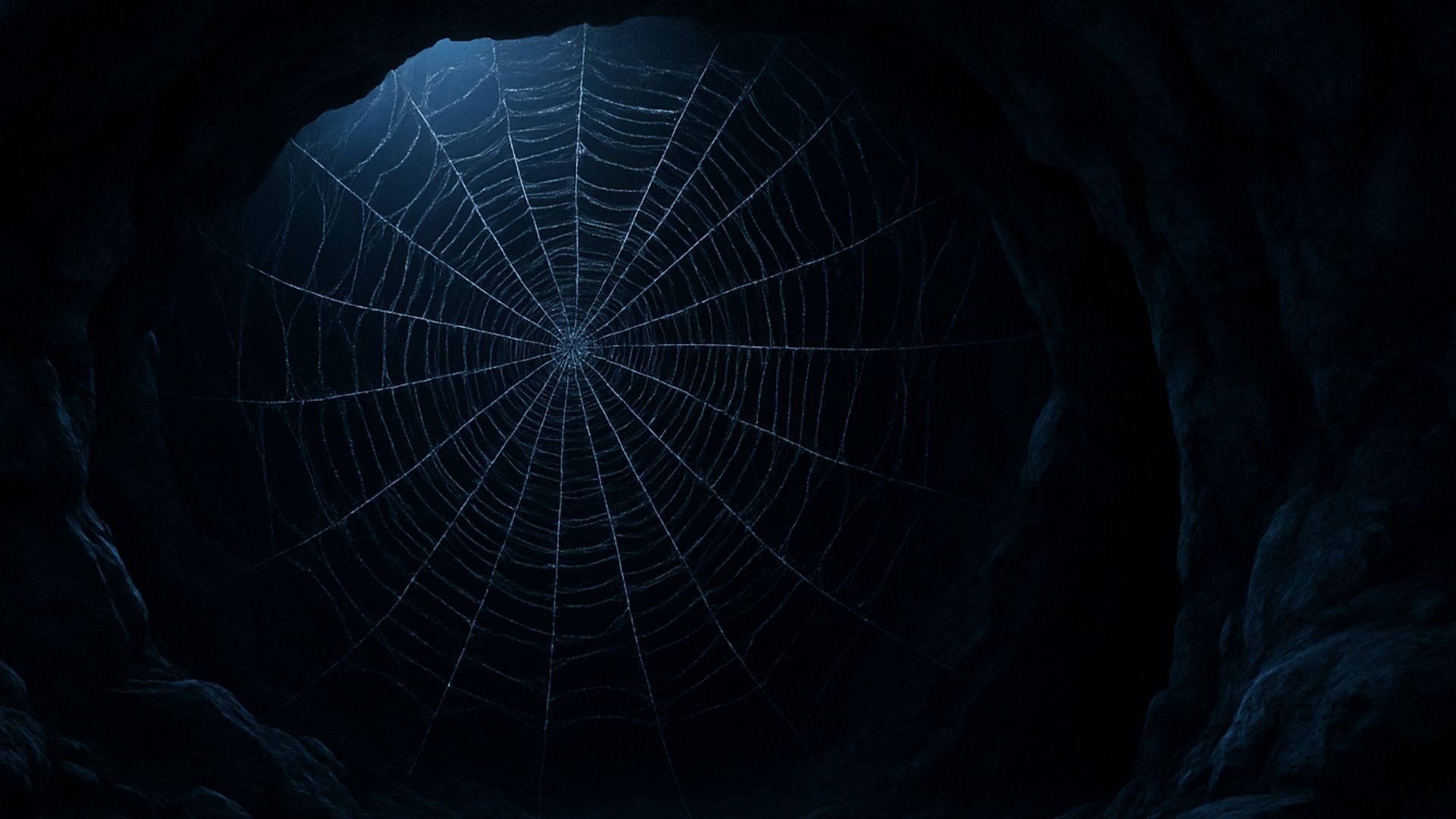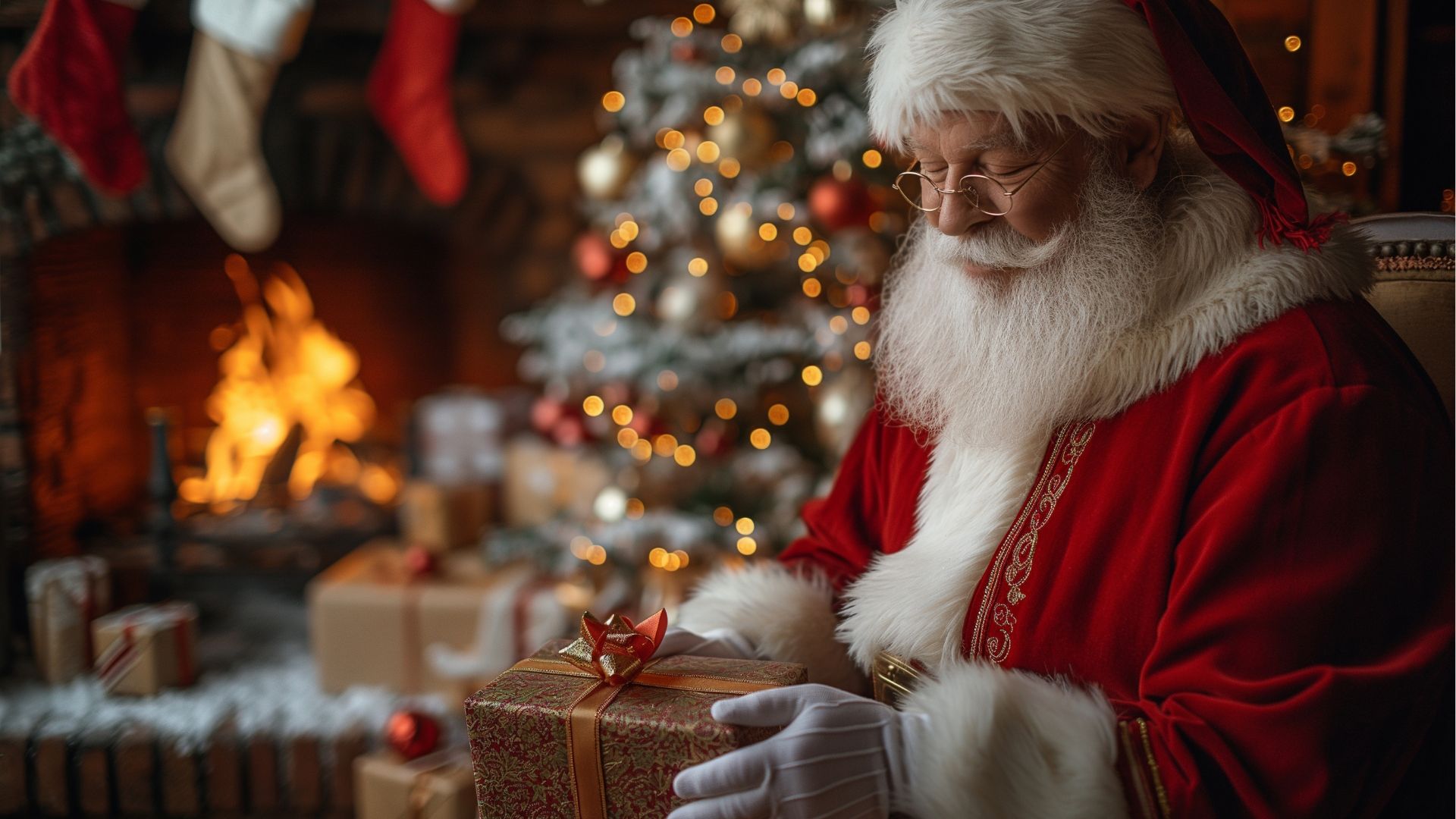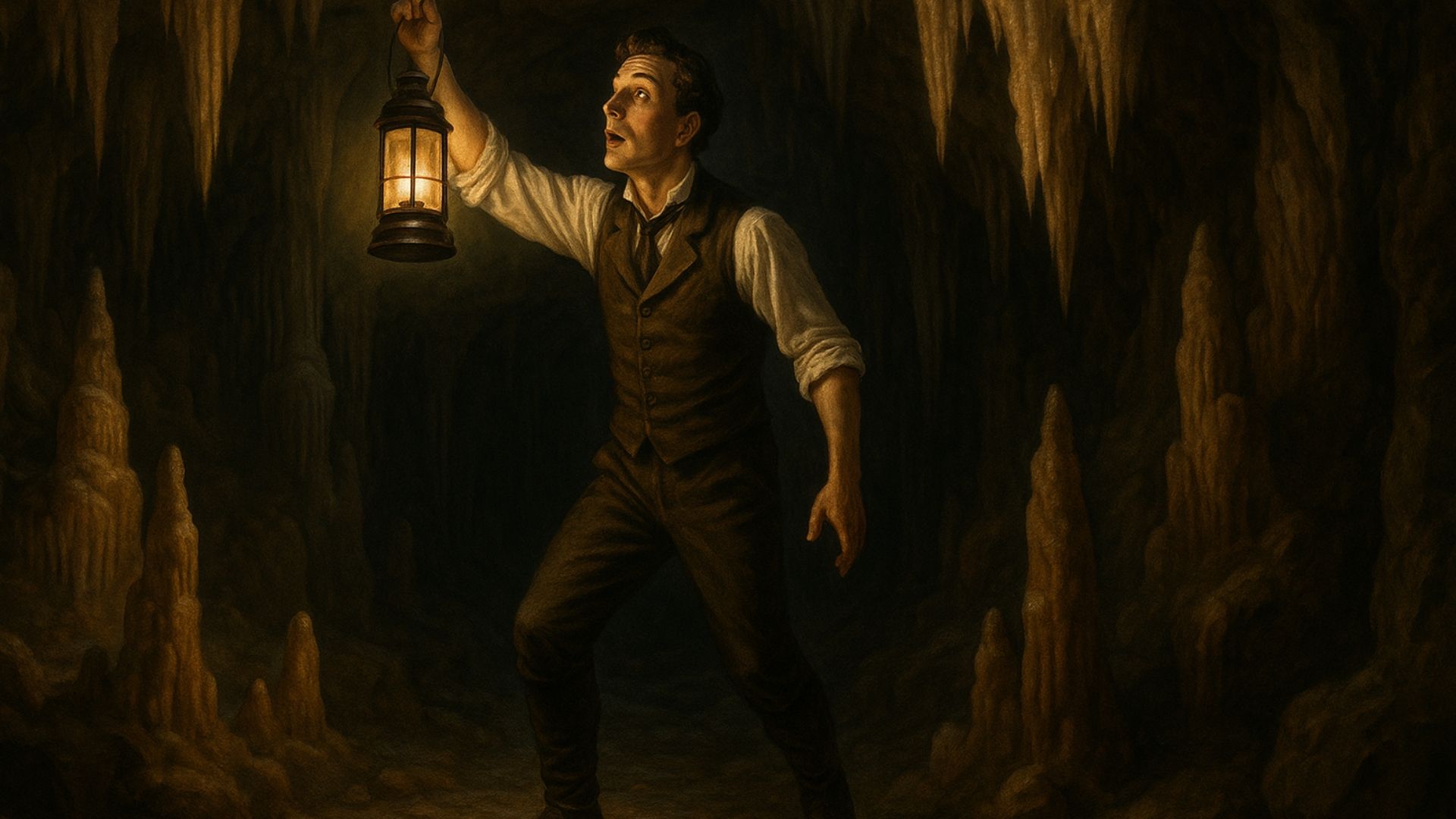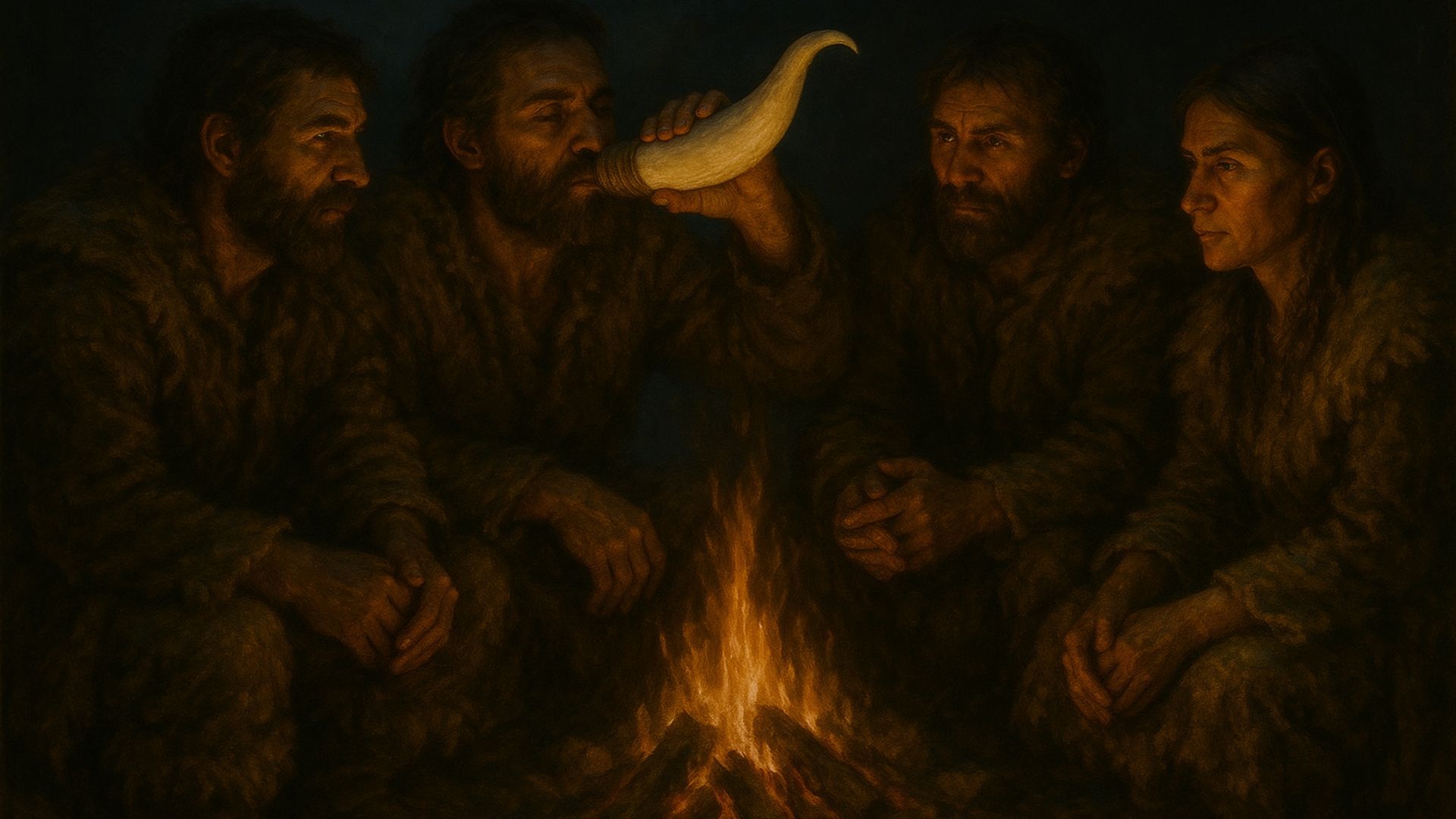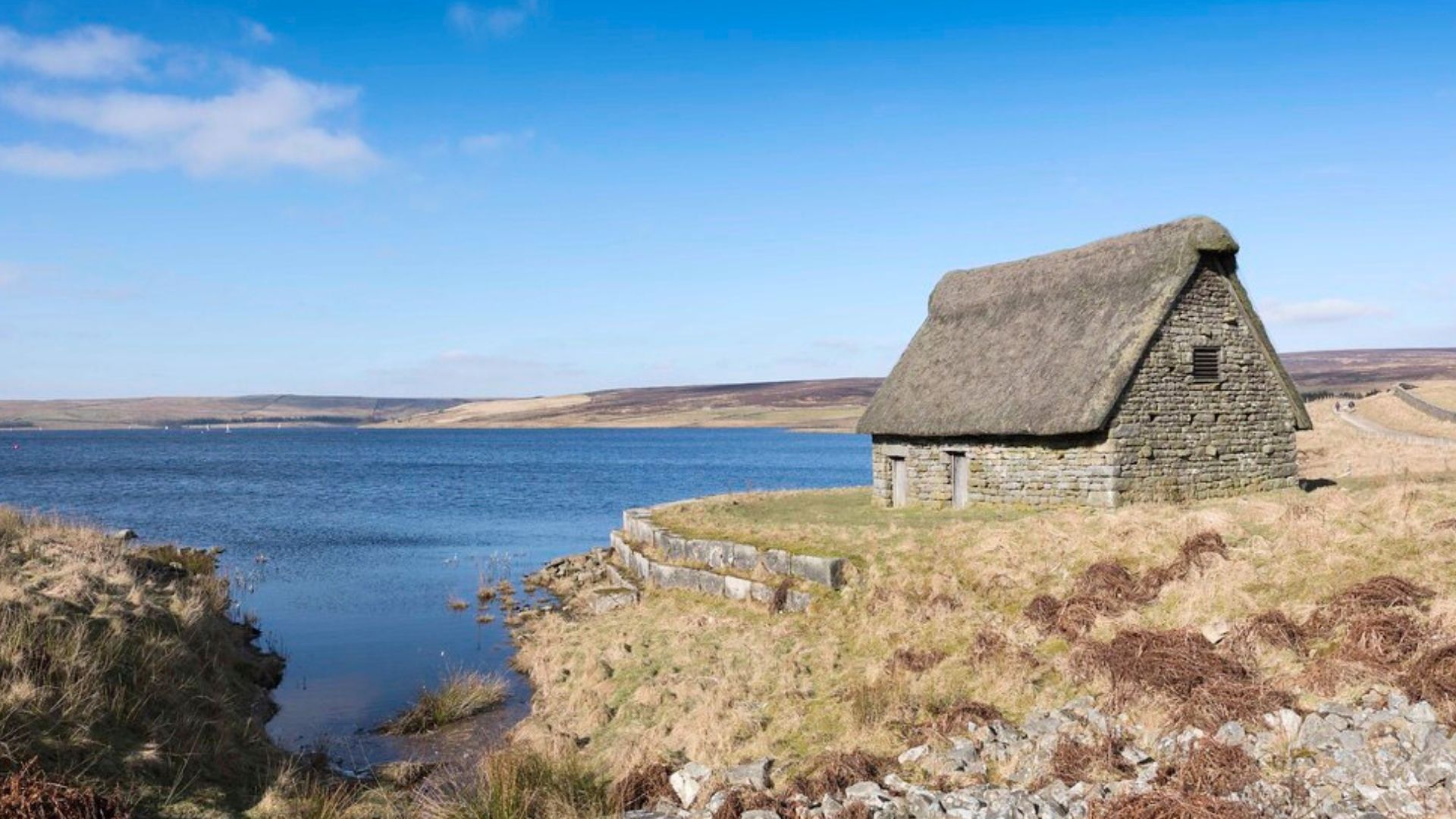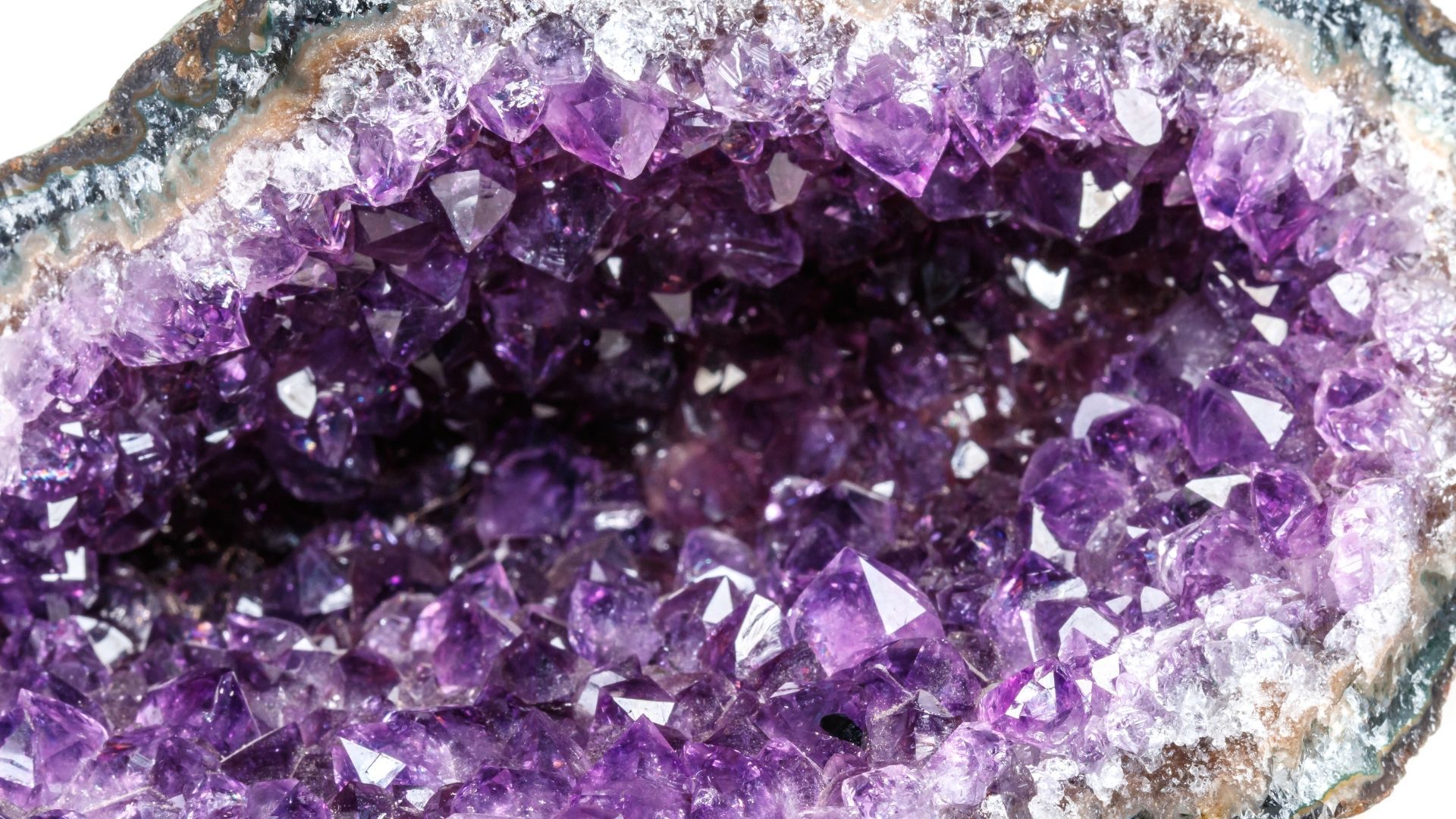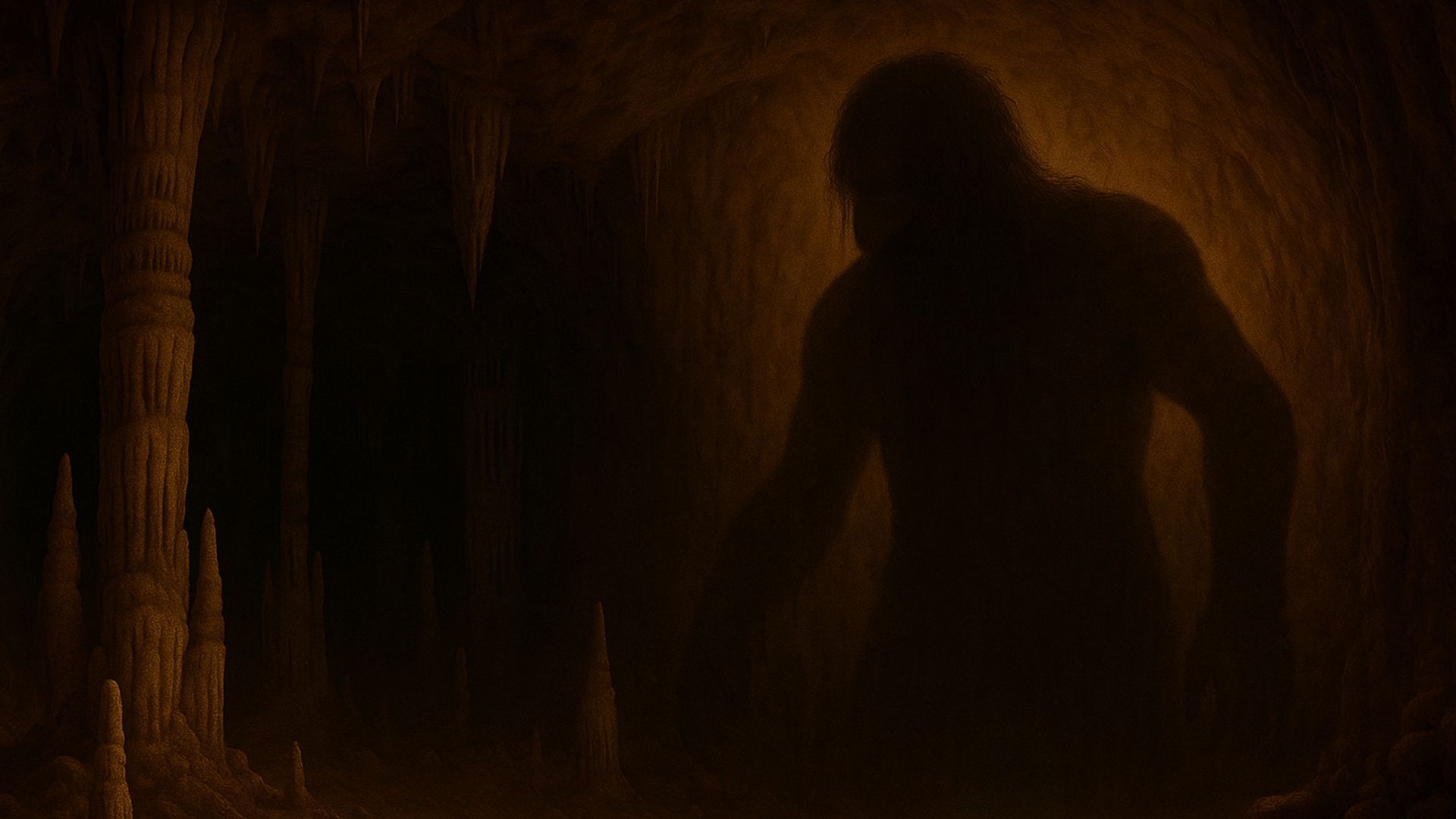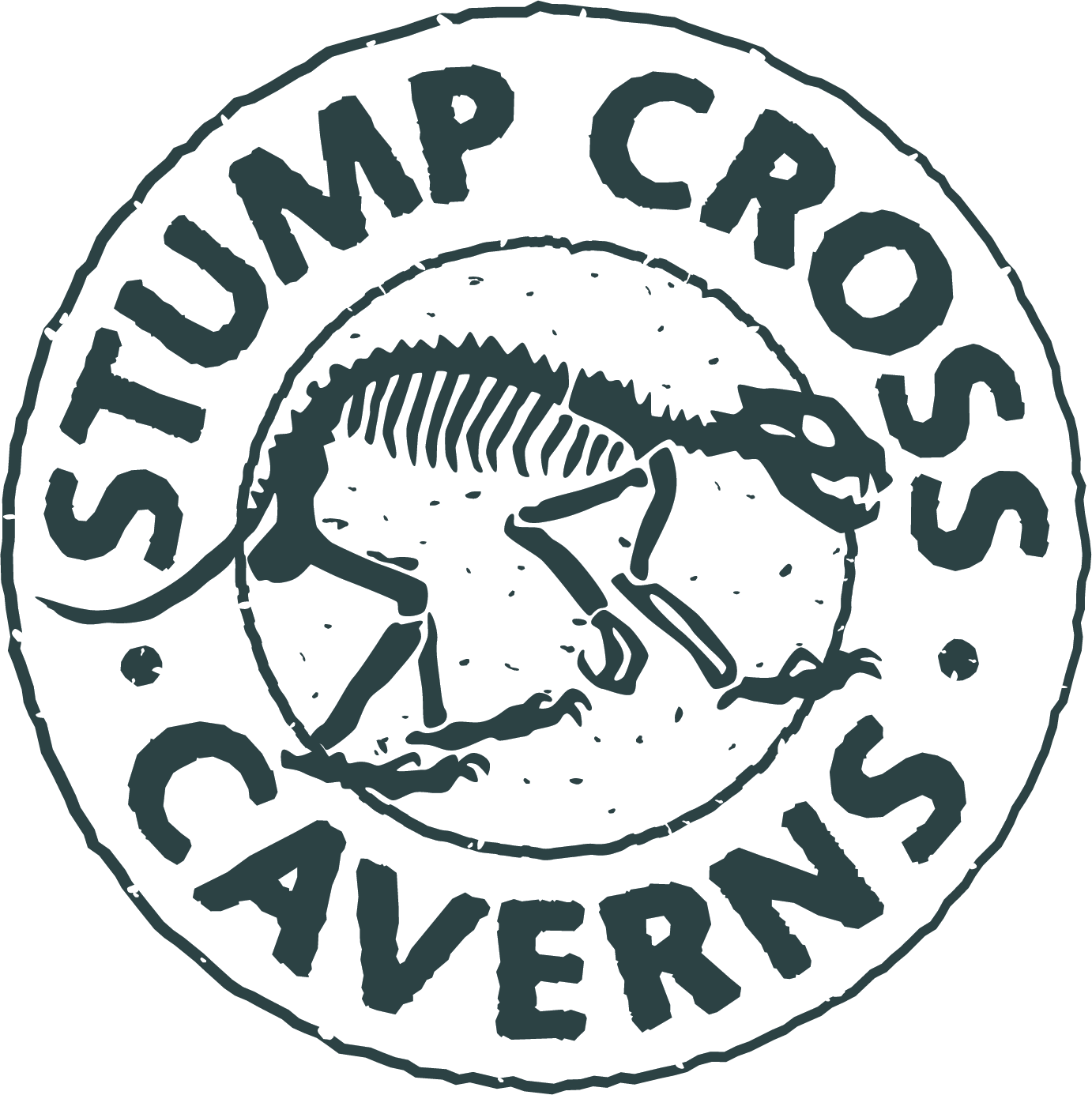We all know the image of the Stone Age hunter. But how did they hunt – and what tools did they use? Let's find out.
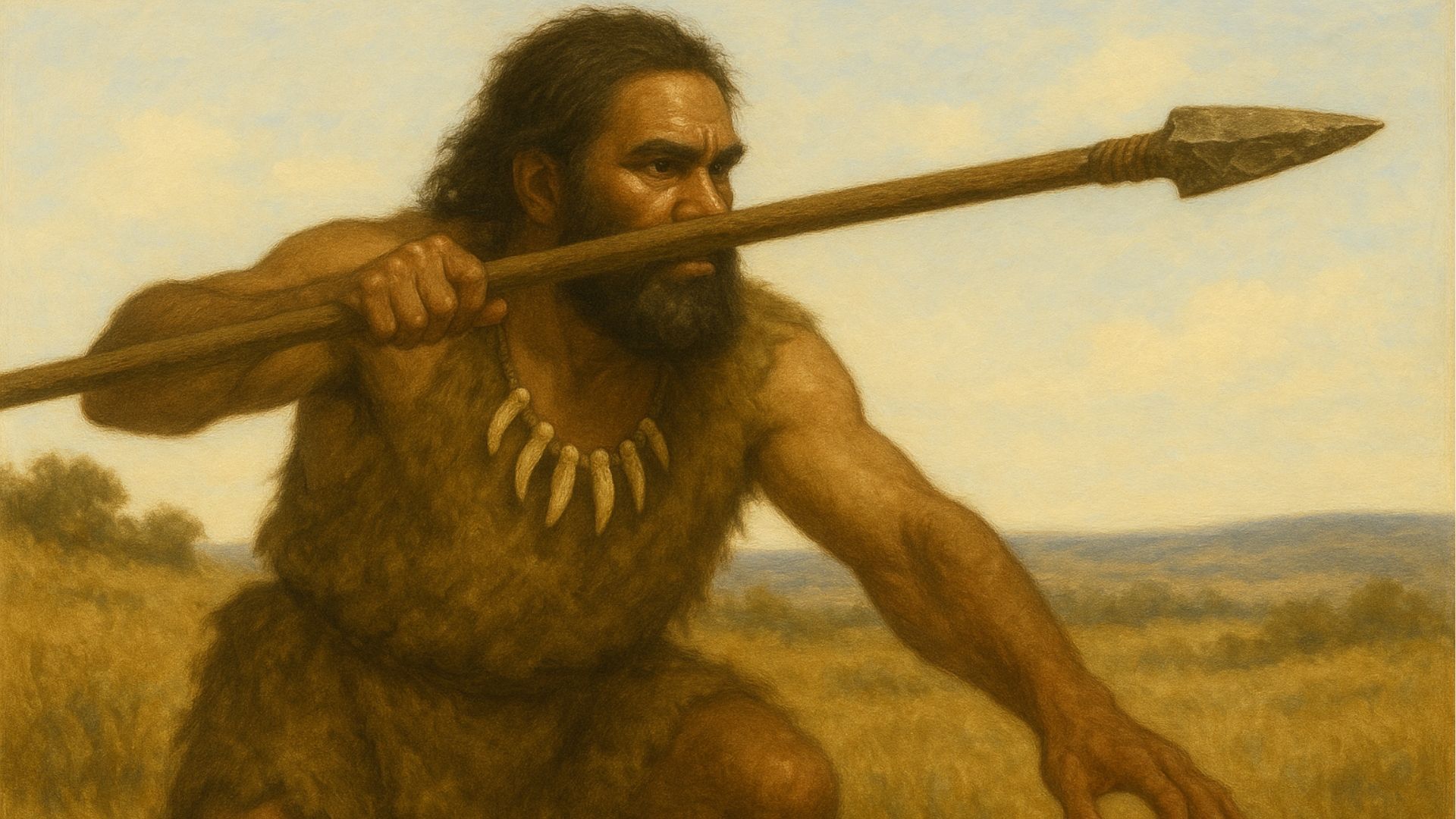
It's an image we're all familiar with: the caveman, club in hand, off to hunt for his dinner.
And unlike some misconceptions about the Stone Age, this one's pretty much on the money. Stone Age people did hunt for food and used animal skins for clothing and shelter.
You might not know, however, that women were just as likely to go hunting as men. At a time when survival was a priority, this isn't surprising. It isn't, however, what we've been taught by cartoons or even history lessons.
The Stone Age lasted a long time – over two million years, in fact. Lots can change over two million years. But while the lifestyle of early mankind developed in many ways, hunting was a constant.
Back then, if you didn't get your own dinner, no one was going to get it for you. There were no supermarkets or takeaways – just you, your hunting tools and your wits about you.
So, Stone Age men and women hunted with spears, axes, and bows and arrows made from stone, wood, bones and antlers. Later, they made their spears more lethal with tiny barbs called "microliths". They also began to fish with nets. Throughout the Stone Age, they would gather edible plants, roots and nuts.
Stone Age people were far from the lunkheads they're sometimes presented as. They were resourceful and tenacious, surviving in a hostile environment. Hunting played a huge and critical role in this drive for survival.
What tools did Stone Age people use to hunt?
Stone Age people didn't have the materials they needed to craft intricate metal tools. Their weapons were strictly analogue: spears, bows and arrows, axes, hammers and harpoons.
Their spears were sharpened sticks with a flint blade attached. Some had rows of teeth-like barbs for a deadlier blow.
Bows and arrows allowed them to hunt from a distance. This made it possible for them to hunt larger animals like deer and woolly mammoths. It also helped them get their hands on birds and smaller mammals.
Stone Age bows and arrows are a great example of early mankind's ingenuity. In the National Museum of Denmark, for instance, there are arrows with club-shaped heads. This design meant they could kill a bird without damaging its valuable skin.
Once the animals had been hunted, Stone Age people cut them up with flint blades. They would use the meat for food and the hides for clothes and shelter. At that time, a knife and fork would probably have been a couple of sharpened stones.
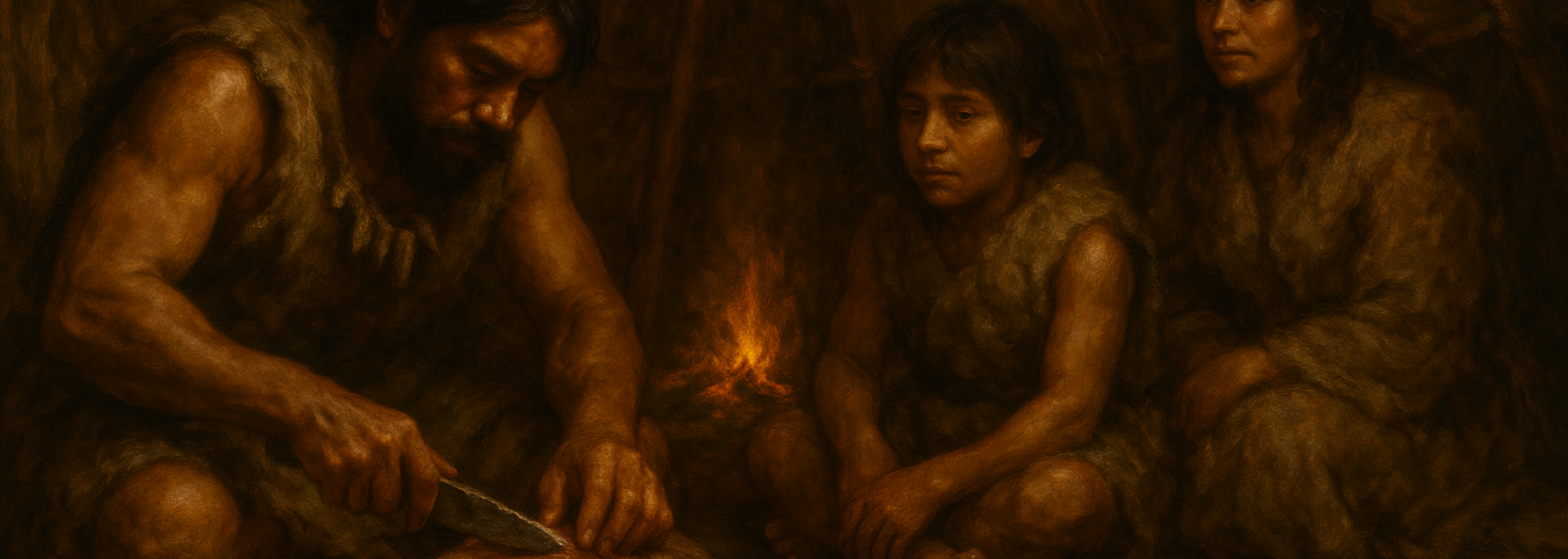
Stone Age people also used harpoons with barbed stone points to catch fish. They would use nets, too, made from plant fibres or tree bark.
We know from cave paintings that Stone Age people were creative, artistic souls. This can also be seen in examples of decorative hunting weapons, such as the bone and antler specimens found in North Yorkshire.
What animals did Stone Age people hunt?
Stone Age people hunted many different animals, including rabbits, birds and deer. They even managed to bring down woolly mammoths. These now-extinct beasts were the size of a modern-day African elephant.
They would use spears or bows and arrows to kill their prey and then butcher them with stone tools. Nothing went to waste. Meat, skin, teeth, bones and antlers were all used to survive, whether as food, clothing or shelter.
They also fished with nets and harpoons and gathered nuts, fruits and roots. Their diet was different from ours, but it seems they also wanted some veg with their meat.
What were microliths?
In the middle years of the Stone Age (9200 to 4000 BC), Stone Age hunters started making microliths. These were smooth, tooth-like barbs attached in rows to a spear's shaft.
The purpose of microliths was to inflict a deeper and deadlier wound. They were used for hunting smaller game once the Ice Age was over and large animals like the woolly mammoth had died out.
It shows how early men and women were always developing new tools to improve their hunting game. You can see some examples in Amgueddfa Cymru (National Museum Wales).
Did Stone Age women hunt?
Ask the person on the street to draw a Stone Age hunter and they'll probably draw a man. Recent evidence shows, however, that women were crucial to hunting at this time in history.
A 2020 study, for instance, revealed that the bones of prehistoric women were found next to weapons.
On its own, this doesn't prove that women hunted. But further research has shown that women hunted as often as men. They even hunted when pregnant, breastfeeding or carrying children.
In the words of Sarah Lacy from the University of Delaware, "From what evidence we do have, there appears to be almost no sex differences in roles."
It stands to reason. Life was harsh, and families and communities needed meat and animal skin to survive. This meant every able-bodied member of the group had to get involved with the hunting.
So, next time you picture a Stone Age hunter, just think – it could have been a Fred or a Wilma!
More FAQs about the Stone Age
When was the Stone Age?
The Stone Age began around 2.5 million years ago and ended with the discovery of metalworking sometime between 4000 BC and 2000 BC. The exact dates change from region to region. The Stone Age is divided into three periods: the Palaeolithic, the Mesolithic and the Neolithic.
Learn more in our Stone Age timeline.
Did Stone Age people live in caves?
Yes, some Stone Age people lived in caves. As time went by, however, they began to build hut-like shelters covered with animal hides. Later still, as the Stone Age gave way to the Bronze Age, they built wattle-and-daub houses and lived in settlements.
Learn more in our blog post, What were Stone Age houses like?
Did you know that Stump Cross has its own resident Cavewoman? You can meet her and all her Stone Age helpers right here in the Yorkshire Dales. There's loads of family fun to enjoy – you can dig for fossils, try panning for gems or take a tour of our ancient underground caves. Whatever the weather, it's always an adventure!

